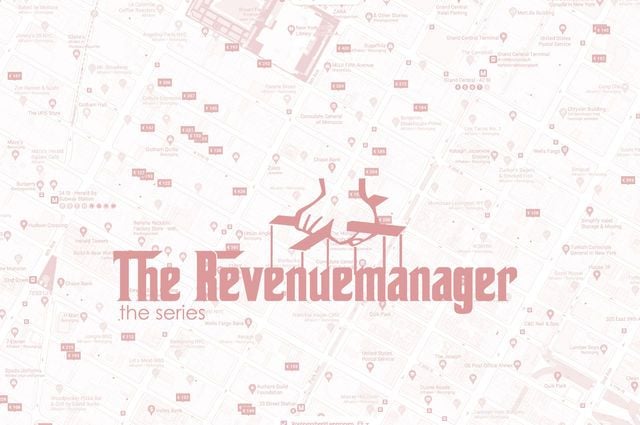Benchmarking: Moving beyond traditional comp sets and year over year comparison
15 experts shared their view
For years, revenue managers used historical data as a "compass" to navigate rates and inventory. Due to the pandemic, however, historical data lost much of their relevance, as 2020 and 2021 were statistical anomalies, to say the least. In this scenario, other information became more important, such as on-the-books reservations, pick-up, pace, and, of course, comp set. Some hotels have closed and consumer behavior has shifted.
The challenge,
however, is how to clearly identify the proper comp set
: is there only one or multiple competitors?
How should a hotel judge it's performance, when most of the traditional KPIs have become meaningless?
First of all, let's start with why it is useful to have a compset:
- To compare performance and understand the proper market share and opportunities exploited or missed (ideally by going beyond the room topline KPIs and add metrics like REVPAS, TREVPAR, GOPPAR)
- To have a comparison for your pricing. Although you have your own strategy you cannot ignore what is offering your competition. Surely this data will always have less weight as soon as your OTB or competitors's OTB will grow up and other factors will become more relevant.
For sure we will always need to have a term of comparison in the market for our performances. But why not have different compsets for the different segments?
We all know that the main criteria to select a compset are: position, size, number of meeting rooms, categories, style, services. But the fact is that one hotel could be your competitor for one segment, let's say for the transient retails but not for groups or the other way around. What to do then? Exclude it from the compset because it does not fit all the criteria? It is still a strong competitor in one segment, so the only way is to create more compsets for different segments. It is very important to make a value assessment of your competition and really understand what is the group of hotels which could steal business in each segment and create your dedicated compset. In this way also the check of performance, if done by segment could be more granular.
POST PANDEMIC SITUATION:
On top of that, the pandemic brought changes in segments, new consumer behaviors and targets, closure of some properties, price dumping, change of service. As a consequence, the traditional pre-pandemic compset could be not valid anymore. It is necessary to benchmark the competition again with a swot analysis and define the real new compset(s).
The historical data (YOY) are definitely not relevant anymore and market data have a higher weight than the past, but it would be also deviant to base on competition positioning and pricing in order to determine our own strategy. Internal data (OTB, pick up, pace, displacement) will always be our compass together with the demand data, but let's keep an eye on the compset as well! Therefore rate shoppers are still an irreplaceable tool (not a case that OTA Insight launched Dynamic Compset)
So, flexibility is always the watchword even in benchmarking.


